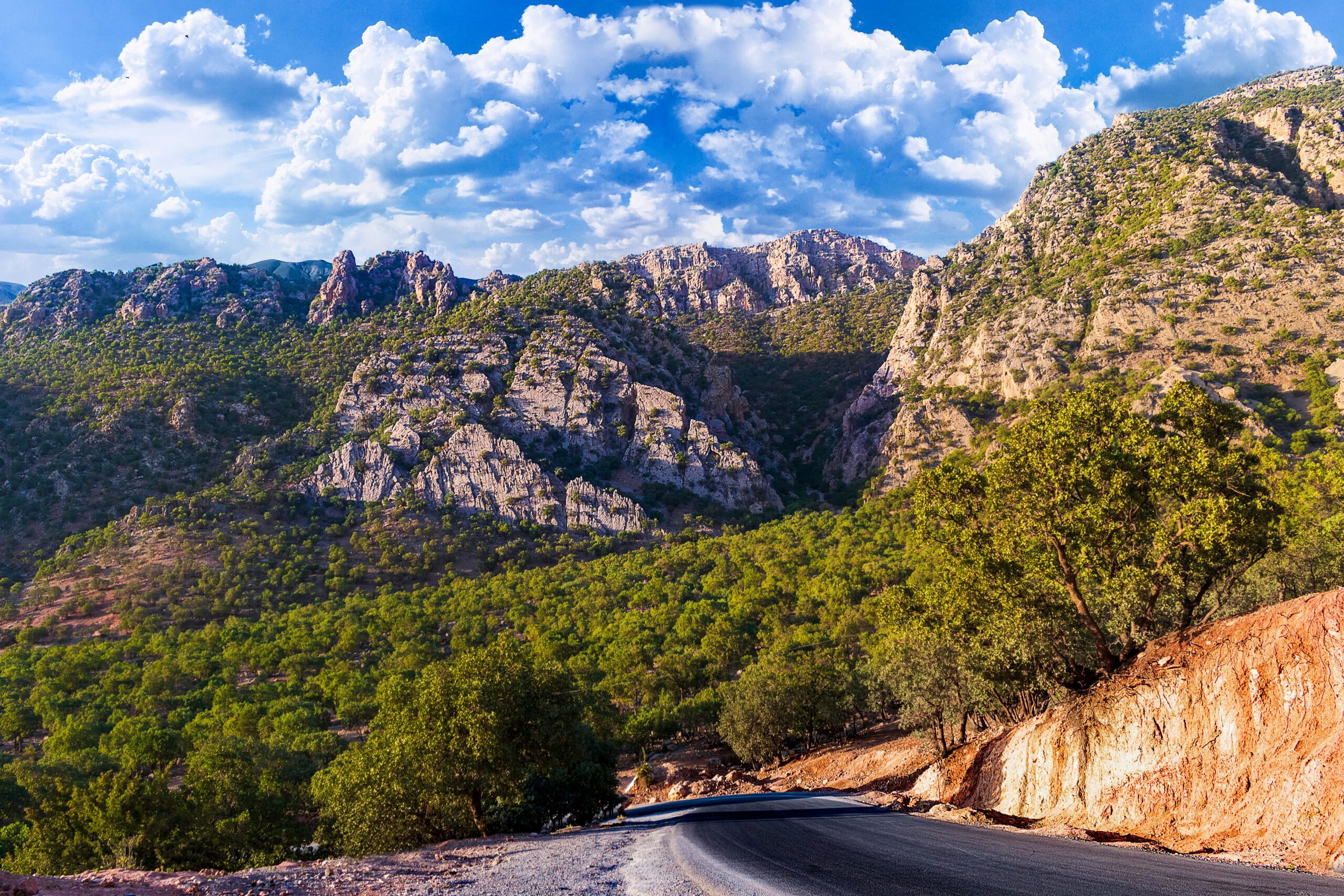

Introduction to Social Media and Tourism
Social media has revolutionized how we connect, share, and experience the world around us. In recent years, this digital phenomenon has become an integral part of our travel journeys. Gone are the days when travelers relied solely on brochures or word-of-mouth recommendations to plan their adventures. Now, a simple scroll through Instagram or TikTok can inspire wanderlust like never before.
From stunning landscapes to hidden gems captured by fellow explorers, social media platforms have transformed the way potential tourists envision their trips. With just a few clicks, users can dive into diverse cultures and breathtaking destinations across the globe. This shift is not just about pretty pictures; it’s reshaping tourism trends in profound ways.
As we explore this dynamic relationship between social media and tourism, we’ll uncover its impact on destination selection and trip planning while highlighting user-generated content’s vital role in promoting travel experiences. Join us as we navigate this exciting intersection of technology and exploration.
The Rise of Social Media in the Travel Industry
Social media has transformed the travel landscape. Platforms like Instagram, Facebook, and TikTok have become essential tools for travelers. Sharing experiences online is now a vital part of any journey.
Travelers seek inspiration through stunning visuals and engaging stories. A single post can ignite wanderlust in thousands. Users scroll through feeds filled with exotic destinations, vibrant cultures, and hidden gems.
Influencers play a pivotal role as well. Their curated content shapes perceptions about where to go and what to see. Followers trust their recommendations often more than traditional marketing.
Additionally, tourism boards are leveraging social platforms to connect directly with potential visitors. By creating shareable content that resonates emotionally, they tap into the power of community engagement.
The rapid growth of social media means it’s no longer just about booking trips; it’s about crafting an entire experience around sharing those moments with others.
The Influence of Social Media on Destination Selection
Social media has become a powerful tool for travelers when choosing their next destination. Instagram, Pinterest, and TikTok offer endless inspiration through stunning visuals and captivating stories.
Users often find themselves scrolling through picturesque landscapes or unique cultural experiences. These images not only spark wanderlust but also shape perceptions about various locations.
Travel influencers play a significant role in this decision-making process. Their curated content can elevate lesser-known destinations from obscurity to must-visit spots almost overnight.
Peer recommendations have shifted the focus away from travel agents. Now, friends’ posts on social platforms carry immense weight in influencing where we go.
This trend is changing tourism dynamics as destinations adapt to appeal more effectively to online audiences. The impact of likes and shares extends beyond individual choices; it’s reshaping whole communities around what’s popular on social media feeds.
How Social Media is Changing the Way People Plan and Book Trips
Social media has transformed the travel planning process. Gone are the days of solely relying on guidebooks or travel agents. Now, travelers turn to platforms like Instagram and Pinterest for inspiration.
Scrolling through vibrant photos and stories from fellow adventurers sparks wanderlust. People can visualize their dream destinations through stunning imagery shared by others. This visual storytelling often dictates what places become popular.
Booking a trip has also evolved. Many users now book directly through links in social media posts or influencer recommendations, bypassing traditional websites entirely. The ease of access makes it simple to secure accommodations or activities with just a few taps.
Moreover, real-time reviews and experiences shared on these platforms build trust among potential visitors. Travelers have immediate feedback at their fingertips, allowing them to make informed decisions that suit their interests and budgets perfectly.
The Power of User-Generated Content in Promoting Tourism
User-generated content (UGC) has transformed the tourism landscape, placing power directly in the hands of travelers themselves. From Instagram photos to travel blogs, authentic experiences shared by real people resonate deeply with potential visitors.
Travelers are increasingly turning to social media for inspiration. A stunning photo from a friend or an engaging post about a hidden gem can spark curiosity and ignite wanderlust. This organic promotion creates trust that traditional marketing struggles to achieve.
Moreover, UGC fosters community among travelers. Hashtags bring like-minded individuals together, allowing them to share tips and recommendations easily. When someone sees their favorite destination through another’s eyes, it feels more personal and relatable.
For destinations aiming to attract tourists, encouraging UGC can be incredibly effective. Engaging with these posts not only boosts visibility but also builds relationships within the traveler community—making each trip feel like part of something bigger than just a vacation.
Conclusion: Finding Balance in the Role of Social Media in Modern Tourism
Social media has undeniably reshaped the landscape of modern tourism. Its impact is vast, influencing everything from destination selection to trip planning and booking processes. Travelers now turn to platforms like Instagram and TikTok for inspiration, often swayed by visually stunning posts or captivating travel stories.
At the same time, this shift presents challenges. The pressure to capture the perfect shot can detract from genuine experiences. Furthermore, destinations may face overcrowding due to viral trends that draw visitors seeking a social media moment rather than an authentic cultural encounter.
Finding balance is essential in navigating this new era of travel influenced by social media. It’s about harnessing its power while promoting responsible tourism practices that prioritize meaningful connections with places and people over mere hashtags and likes.
As both travelers and industry professionals adapt, it’s crucial to embrace what makes travel enriching beyond the screen—immersive experiences that leave lasting memories. Balancing digital engagement with real-life exploration creates a more fulfilling journey for all involved in modern tourism.
